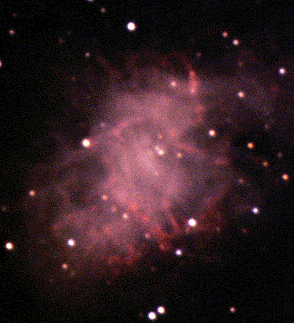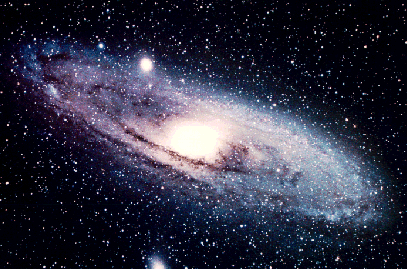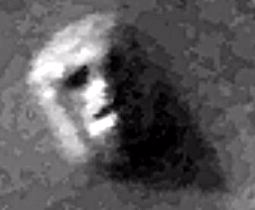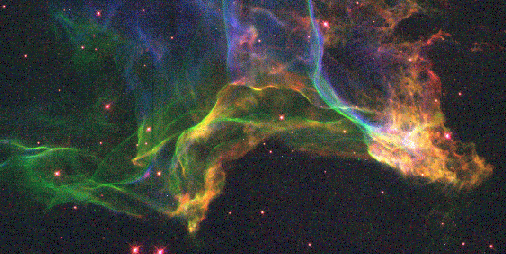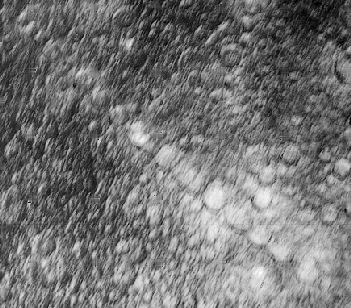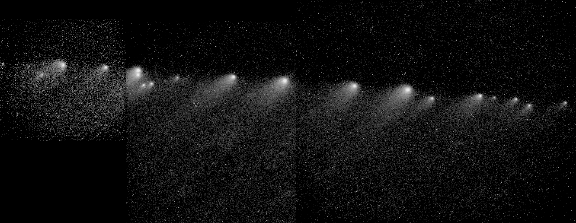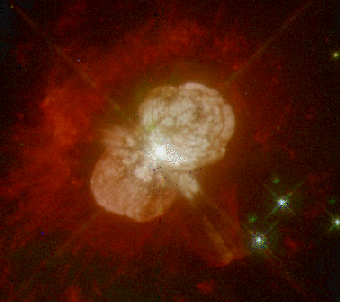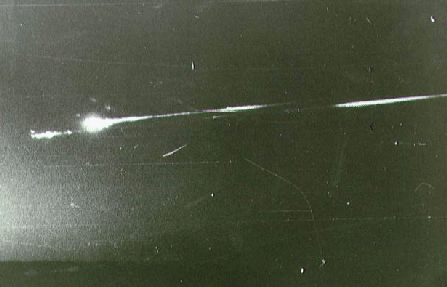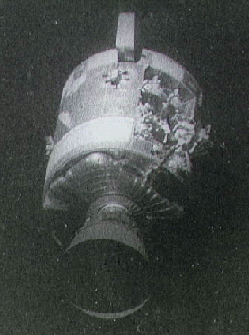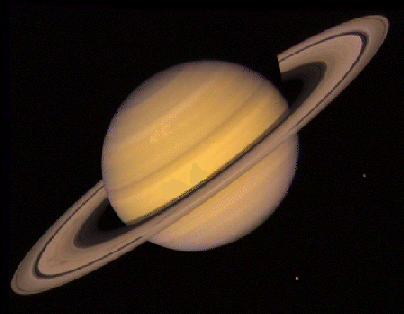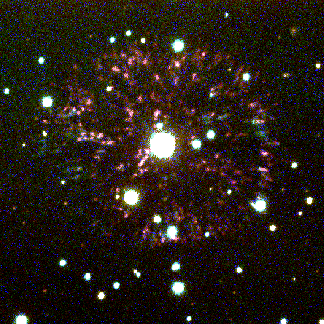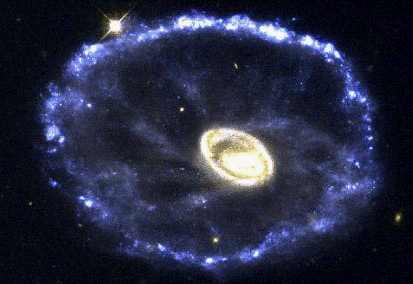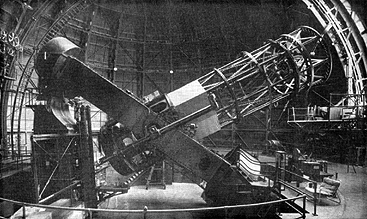 Пояснение: Яркий голубой и фиолетовый цвет на фотографии Трехраздельной туманности является показателем изобилия там молодых звезд. Молодые массивные звезды излучают преимущественно голубой свет, который ионизует окружающий газ. При рекомбинации излучается голубой и фиолетовый свет. Часть излучения, которое мы видим, является светом звезд, отраженным от очень маленьких углеродных частиц пыли. Эта туманность известна астрономам как M20 - двадцатый объект в каталоге диффузных небесных объектов Шарля Мессье. Фотография получена с помощью 6-дюймового рефрактора и ПЗС-матрицы размером 512x512 ячеек. Множество фотографий объектов каталога Мессье Вы можете увидеть в Галерее галактик.
Пояснение: Яркий голубой и фиолетовый цвет на фотографии Трехраздельной туманности является показателем изобилия там молодых звезд. Молодые массивные звезды излучают преимущественно голубой свет, который ионизует окружающий газ. При рекомбинации излучается голубой и фиолетовый свет. Часть излучения, которое мы видим, является светом звезд, отраженным от очень маленьких углеродных частиц пыли. Эта туманность известна астрономам как M20 - двадцатый объект в каталоге диффузных небесных объектов Шарля Мессье. Фотография получена с помощью 6-дюймового рефрактора и ПЗС-матрицы размером 512x512 ячеек. Множество фотографий объектов каталога Мессье Вы можете увидеть в Галерее галактик.
Тайлбар: Гурван хэсэгт мананцарын энэ зурган дээрх тод хөх, ягаан өнгө нь тэнд байгаа залуу оддын илүүдлийн үр дүн юм. Залуу, их масстай оддоос гарах гэрэл нь хөх өнгөтэй ба эргэн тойрныхоо хийг ионжуулдаг. Сул электрон буцаж хийтэй нэгдэх үед хөх болон ягаан гэрэл цацарна. Мананцарын зарим өнгө нь оддын гэрэл “тоос” гэж нэрлэгдэх маш жижиг нүүрстөрөгчийн хэсгүүдээс ойход үүсдэг. Энэ объектыг одон орончид Шарль Мессьегийн тэнгэрийн эрхсийн жагсаалтаар M20 гэж нэрлэдэг. Энэ зургийг 6 инчийн рефрактортой дурангаар авчээ.
М20-ийн тухай илүү мэдээлэл авъя гэвэл Цахим Ертөнц төслийн бичлэгийг үзэж болно.
Мессьегийн объектуудын тухай олон зургийг Цахим Ертөнц төслийн Галактикийн Галерей: Мессьегийн объектууд хэсгээс үзэх хэрэгтэй.
Explanation: The vivid blue and violet colors present in the Trifid Nebula result from the abundance of young stars there. The light from young massive stars is quite blue and has the ability to remove electrons from surrounding gas. When these electrons re-combine with the gas, radiation rich in blue and violet light is emitted. Some of the nebula's light also results from the reflection of star light off of extremely small carbon specks known as 'dust'. This object is known to astronomers as M20 - the twentieth object on Charles Messier's list of diffuse sky objects. This image was taken with a 6-inch refracting telescope.
For more information on M20 see The Electronic Universe Project's write-up.
Many images of Messier objects can be found in The Electronic Universe Project's The Galaxy Gallery: Messier Objects.
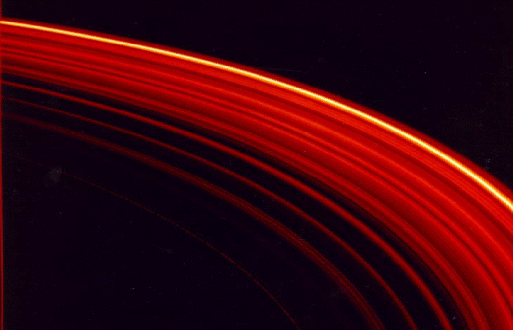 Пояснение: Наблюдая мерцание звезды при ее прохождении за кольцами Сатурна, Вояджер-2 заснял интересные кадры. Картинка, которую Вы видите, составлена на основе измерений фотополяриметром Вояджера-2 профилей блеска, полученных при покрытии звезды
Пояснение: Наблюдая мерцание звезды при ее прохождении за кольцами Сатурна, Вояджер-2 заснял интересные кадры. Картинка, которую Вы видите, составлена на основе измерений фотополяриметром Вояджера-2 профилей блеска, полученных при покрытии звезды 




